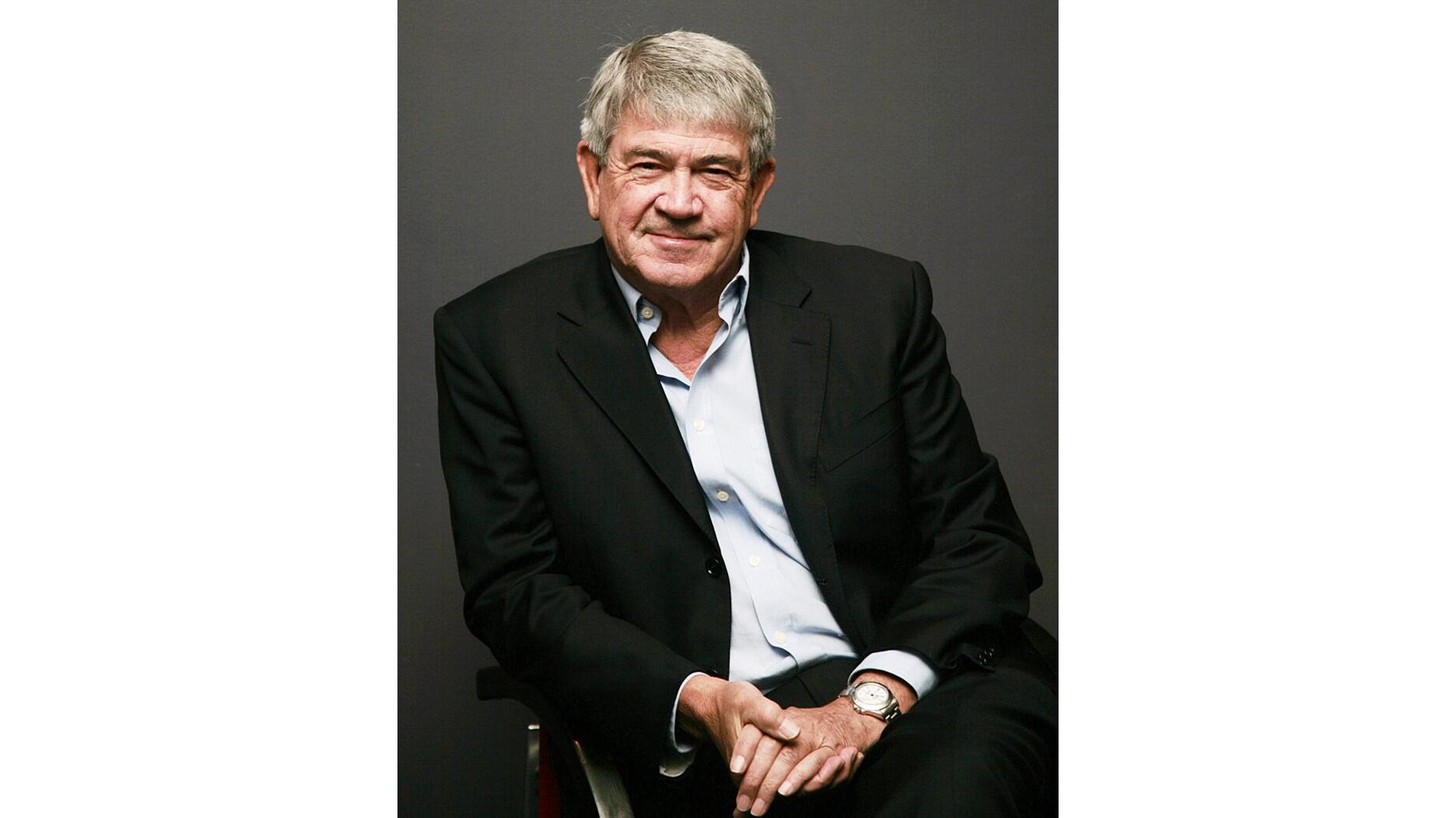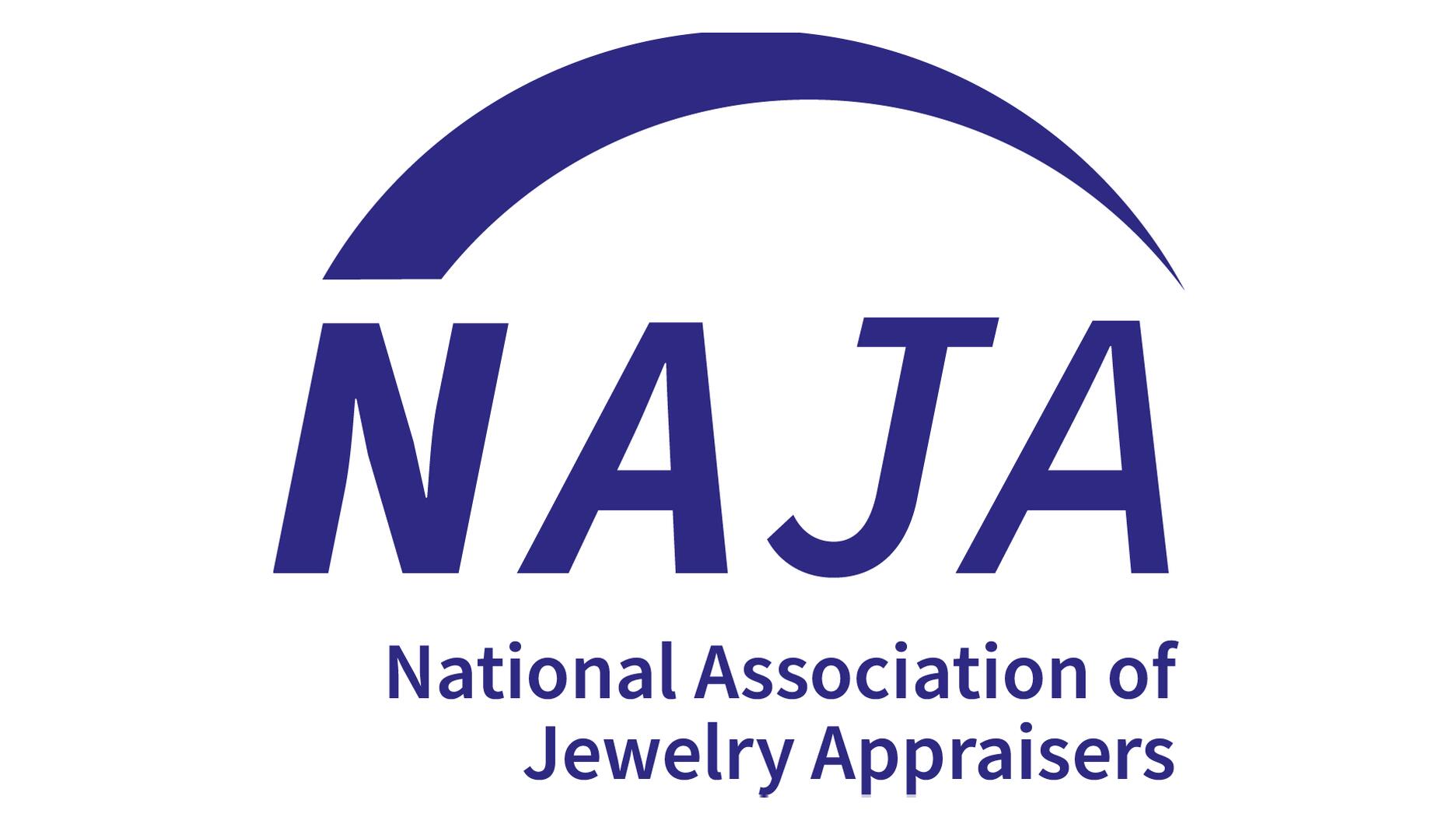The couple pleaded guilty to concealing at least $127 million in cash transactions at its precious metals businesses.
Ahead of KP Plenary, the WDC Calls for Productive Dialogue
Kimberley Process participants need to start talking about broadening the scope of the process, the World Diamond Council’s acting president said.
New York--The World Diamond Council is calling for productive dialogue and the need for reform in the Kimberley Process ahead of the KP’s annual meeting, which is scheduled to begin Friday in Australia.
Speaking via conference call Wednesday morning, acting WDC President Stephane Fischler told reporters that there are three areas in need of reform within the KP, and No. 1 is broadening the scope of the process.
Currently, the KP defines “conflict” diamonds as those used by rebel groups to fund conflict against legitimate governments. But, as Fischler noted Wednesday, “We [the WDC] believe the nature of conflict has changed and so the scope should realign with that.”
In an interview via phone with National Jeweler later in the day, he elaborated.
The situation today is that there is less much rebel activity, Fischler said, and much more systematic, disruptive violence, particularly in artisanal diamond mining areas.
Members of the KP need to start listening more carefully to the countries where this type of violence is happening and work to make a difference on the ground, he said.
And the process itself needs to become more proactive than reactive, flagging areas of diamond production when the situation becomes unstable, instead of waiting until actual conflict has broken out.
The expanded definition was voted down at the meeting held in Washington that November.
Fischler told National Jeweler Wednesday that he doesn’t know if that vote was against the inclusion of human rights language so much as it was a “generic reluctance” to change the core focus of the definition, given that the KP has been very successful in doing what it set out to do--eradicate conflict diamonds as originally defined.
He said what the WDC is putting on the table now is broader--examining the general scope of the process, not just narrowly focusing on putting in more human rights language--and the organization isn’t looking to get bogged down in semantics. It’s open to all discussions on how to expand the KP’s reach.
While the WDC represents the diamond industry in the KP, the body does not have a vote; only the 81 countries that are KP members do. And under the KP’s complete consensus model, passing anything requires all 81 countries to agree to it.
When
“This isn’t a 48-hour or even a week’s discussion,” he said. “This is an incremental progress type of debate.”
On Wednesday’s call with reporters, Fischler addressed another area of reform that is needed within the KP: the establishment of a permanent secretariat based in a neutral country.
As it stands, an administrative support mechanism is in place to handle the operational aspects of the Kimberley Process. It is a function that’s reassigned every year as the chair of the process is passed from country to country. (Australia is the 2017 chair nation. Next year, Vice Chair the European Union is set to take over and India will become vice chair.)
He said a permanent secretariat will ensure more continuity, essentially giving the KP a “memory,” and that all member countries should contribute toward the cost of funding it.
The idea of a permanent secretariat is one that has been on the table for a couple of years.
At last year’s plenary, confusion surrounded the vote on this issue.
Following the meeting, the UAE, which chaired the process last year, issued a press release heralding that the KP had reached a “historic agreement” that included voting to approve the establishment of a permanent secretariat for the process.
The issue, however, still seems to be on the table, given that its passage is one of the WDC’s list of needed reforms for the process.
Asked about the confusion surrounding the vote at last year’s plenary, Fischler said, “The idea was launched; it wasn’t worked out in the way that I believe it’s worked out now.”
The KP Plenary is scheduled to start this Friday, Dec. 9 and continue until the 14th in Brisbane, Australia.
The Latest

Consumers shared concerns about prices, inflation, tariffs, trade, and politics in the survey’s write-in response section.

In February 2026, the auction house will move its headquarters to the former Steinway Hall, a neoclassical landmark on Billionaires’ Row.

How Jewelers of America’s 20 Under 40 are leading to ensure a brighter future for the jewelry industry.

The new show will take place Jan. 23-25, 2026.


The LVMH-owned brand has partnered with the costume design union to revamp its award for 2026.

The luxury titan inked a deal to acquire an initial minority stake in the jewelry manufacturer with a pathway to full ownership by 2032.

Roseco’s 704-page catalog showcases new lab-grown diamonds, findings, tools & more—available in print or interactive digital editions.

The company’s curation of unsigned vintage and estate jewelry debuted at the Bloomingdale’s in Costa Mesa, California.

In the recent multi-shipment seizure, CBP also found counterfeit Audemars Piguet, Moncler, and Chrome Hearts items.

Helzberg’s Chief Retail Officer Mitch Maggart shared details about its tests of a new store concept rooted in an elevated luxury experience.

Jewelers of America execs and National Jeweler editors discuss tariffs, the sky-high gold price, and the engagement that broke the internet.

The luxury goods company said founder Ippolita Rostagno will remain at the brand’s helm.

Laura Burdese, who joined the Italian luxury brand in 2022, will take on the role in July.

The National Jeweler editors revisit the most noteworthy industry happenings and design trends from 2025.

Need a gift for the cat lover who has everything? Look no further than our latest Piece of the Week.

It purchased the “Grosse Pièce,” an ultra-complicated Audemars Piguet pocket watch from the ‘20s, for a record-breaking price at Sotheby’s.

The lab-grown diamond grower now offers custom engagement and fashion jewelry through its Kira Custom Lab Jewelry service.

Chandler got his start at Michelson Jewelers and has served as DCA president and CEO since 2001. He will retire at the end of the month.

The boutique is slated to open this week inside Terminal 8, offering pre-owned Rolex watches and more to international travelers.

Sponsored by Digital Monitoring Products

The special-edition egg pendant ingested in a New Zealand jewelry store was recovered after a six-day wait.

Associate Editor Natalie Francisco plays favorites with Piece of the Week, selecting a standout piece of jewelry from each month of 2025.

The “Love and Desire” campaign is inspired by the magic that follows when one’s heart leads the way, said the brand.

Two awardees will receive free tuition for an educational course at the Swiss lab, with flights and lodging included.

Berta de Pablos-Barbier will replace Alexander Lacik at the start of January, two months earlier than expected.

Sotheby’s held its first two jewelry sales at the Breuer building last week, and they totaled nearly $44 million.



























